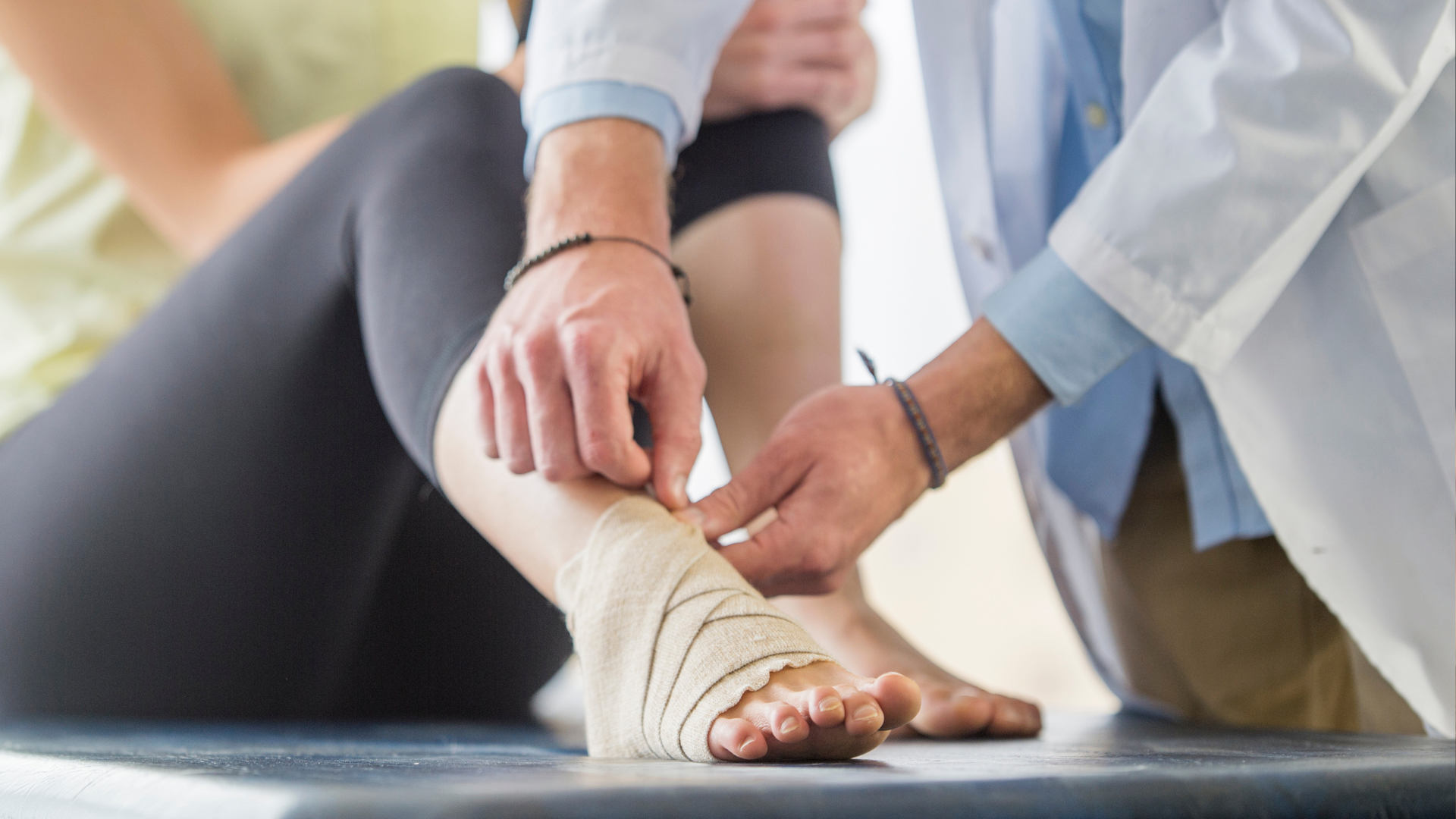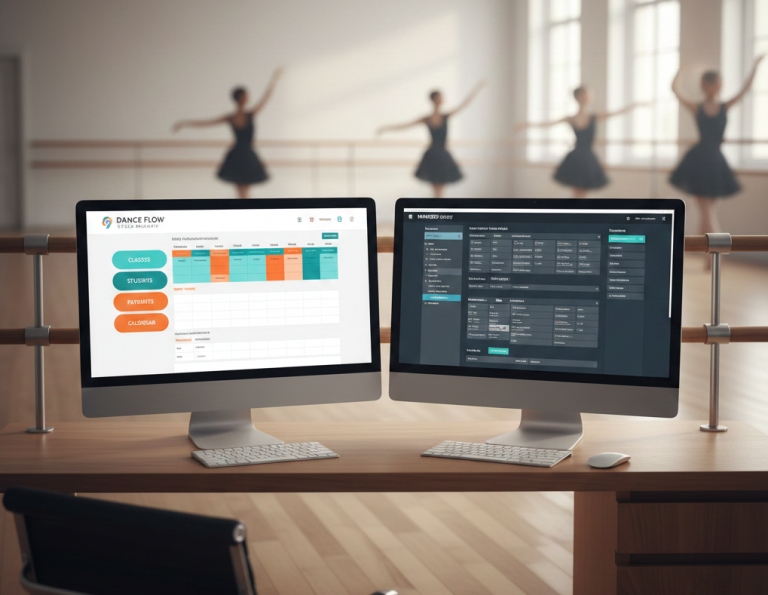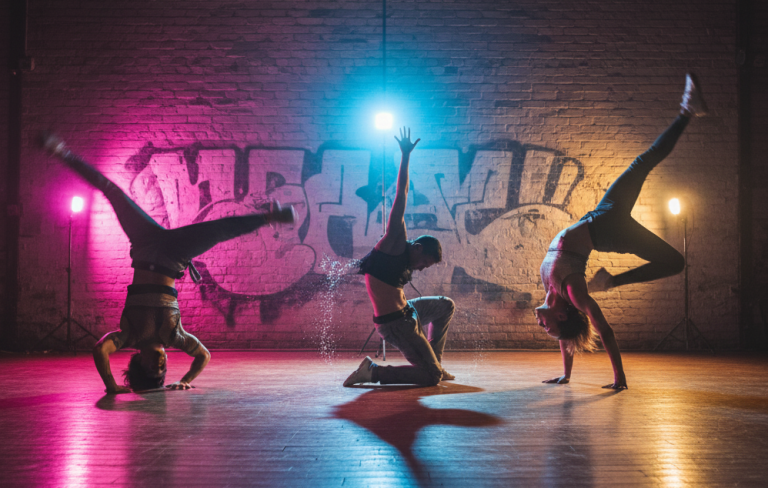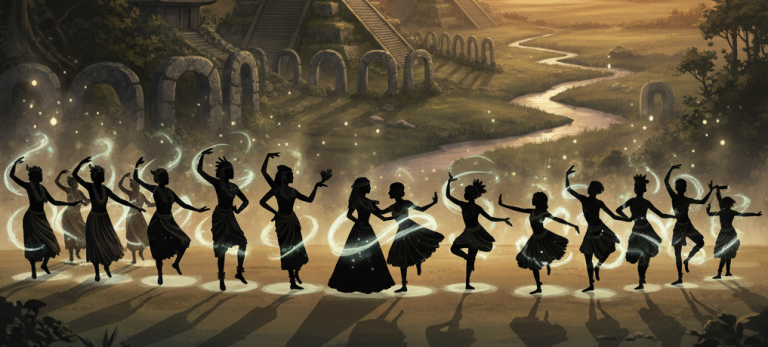The Hidden Truth About Latin Dancers They Don’t Show On Stage

What You Don’t See Behind the Glamour
Latin dancers may shine on stage, but off-stage they deal with strict footwear rules, intense muscle training, and hours of pain just to make every move look flawless.
The Pain Behind the Heels
Let’s start with the shoes. Latin dancers don’t just perform in heels—they perform in 3 to 4-inch stilettos designed specifically for dance. These shoes aren’t just part of the outfit; they’re an extension of the dancer’s body. They allow precise movement, balance, and power—but they come at a cost.
Wearing those heels for hours while spinning, sliding, and executing footwork routines isn’t glamorous—it’s painful. Dancers deal with blisters, bruised toes, and sometimes even lost toenails. Many wrap their feet in tape just to get through rehearsals.




Cardio Disguised as Choreography
A two-minute routine might not seem like much, but when it’s danced full-out, it’s basically an intense cardio workout. Behind the sharp turns and hip isolations are elevated heart rates, dripping sweat, and burning muscles.
The performance might look polished and easy—but it’s the result of endless repetition and physical discipline.
Costumes Aren’t Always Comfortable
Latin dance costumes are bold, tight, and full of sparkle—but they’re also built for visual impact, not comfort. Rhinestones, fringe, and skin-tight fabric often scratch, squeeze, and irritate the skin. Dancers endure it all to bring the visual drama on stage.
Every Step is Memorized
Contrary to what many think, Latin dance isn’t just about “feeling the rhythm.” It’s highly structured and memorized. Footwork, partner timing, hand placements—everything is choreographed and practiced to perfection. One misstep can throw off an entire routine.


Injuries Are Managed, Not Avoided
And Yet… They Still Smile
That’s the magic of Latin dance: no matter the pain, no matter the hours of practice, dancers perform with joy, fire, and fierce energy. The performance is a reward, but also a mask—behind the glamor is true discipline.
-
-
-
-
Payment Processors Compared for Dance Studio Manager (DSM)
PROCESSORS BEST FOR PRICING MODEL HARDWARE WHY IT WORKS WELL INSIDE DSM Paystri (DSM Preferred Partner) Studios wanting personalized rates, high customer support, and a strong DSM relationship. “Meet or beat” pricing for DSM users Often competitive for both low and high-volume studios Chip / swipe / tap readers (varies by region) DSM has a…
-
-





